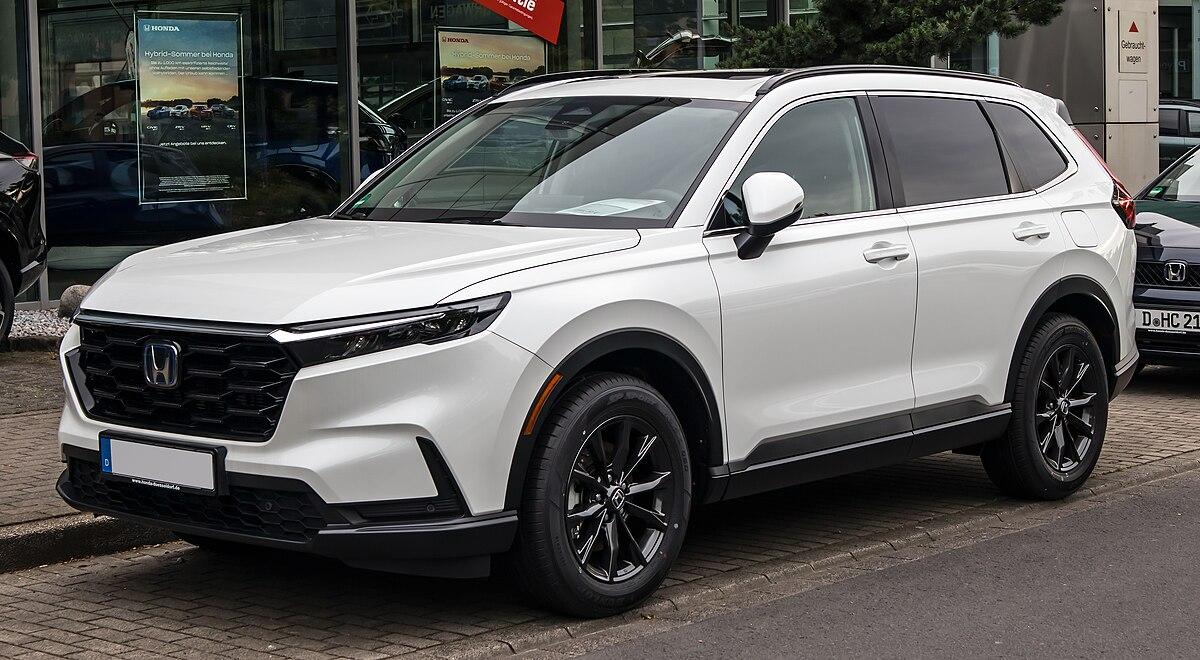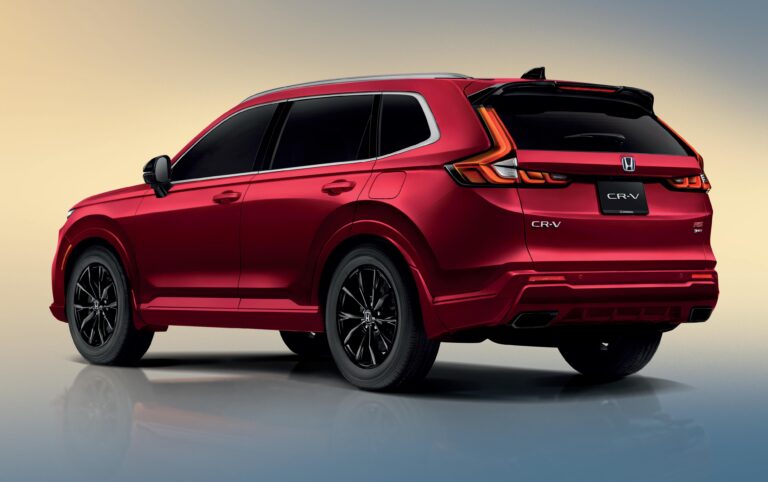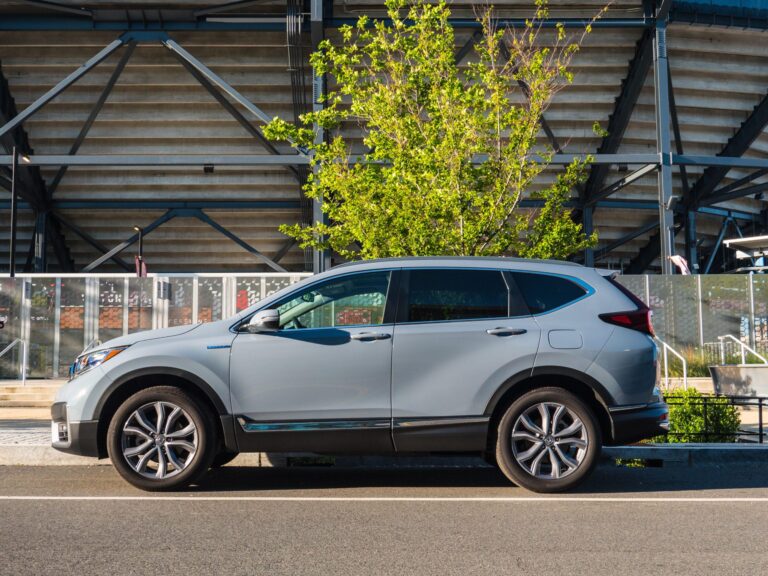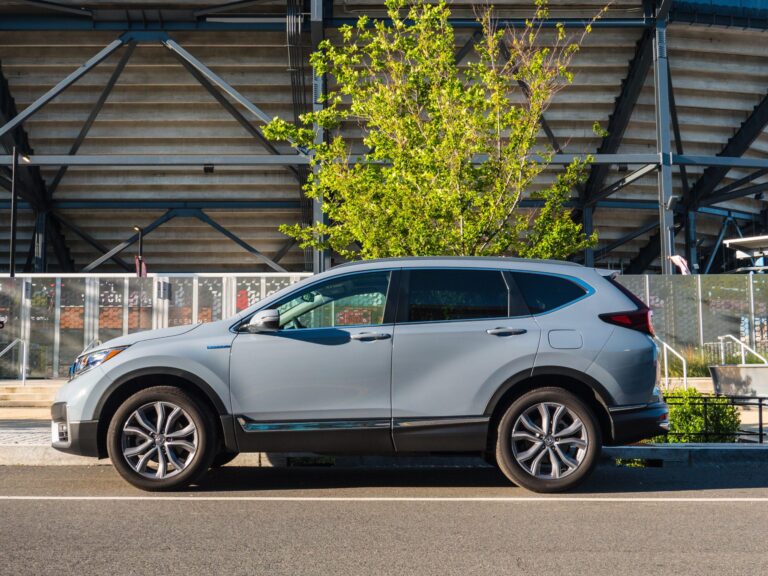Honda CR-V suspension
When it comes to the world of compact SUVs, few vehicles have earned a well-deserved reputation for reliability, comfort, and versatility quite like the Honda CR-V. one key element that contributes to its enduring appeal lies beneath its sleek exterior: the suspension system. This frequently enough-overlooked component plays a pivotal role in defining the driving experience, influencing everything from ride quality to handling dynamics. In this article, we’ll delve into the intricacies of the Honda CR-V’s suspension, exploring its design, functionality, and the technological advancements that help it navigate the demands of various terrains and driving conditions. Join us as we uncover how the suspension system enhances not just performance,but also the overall enjoyment of every journey in this beloved SUV.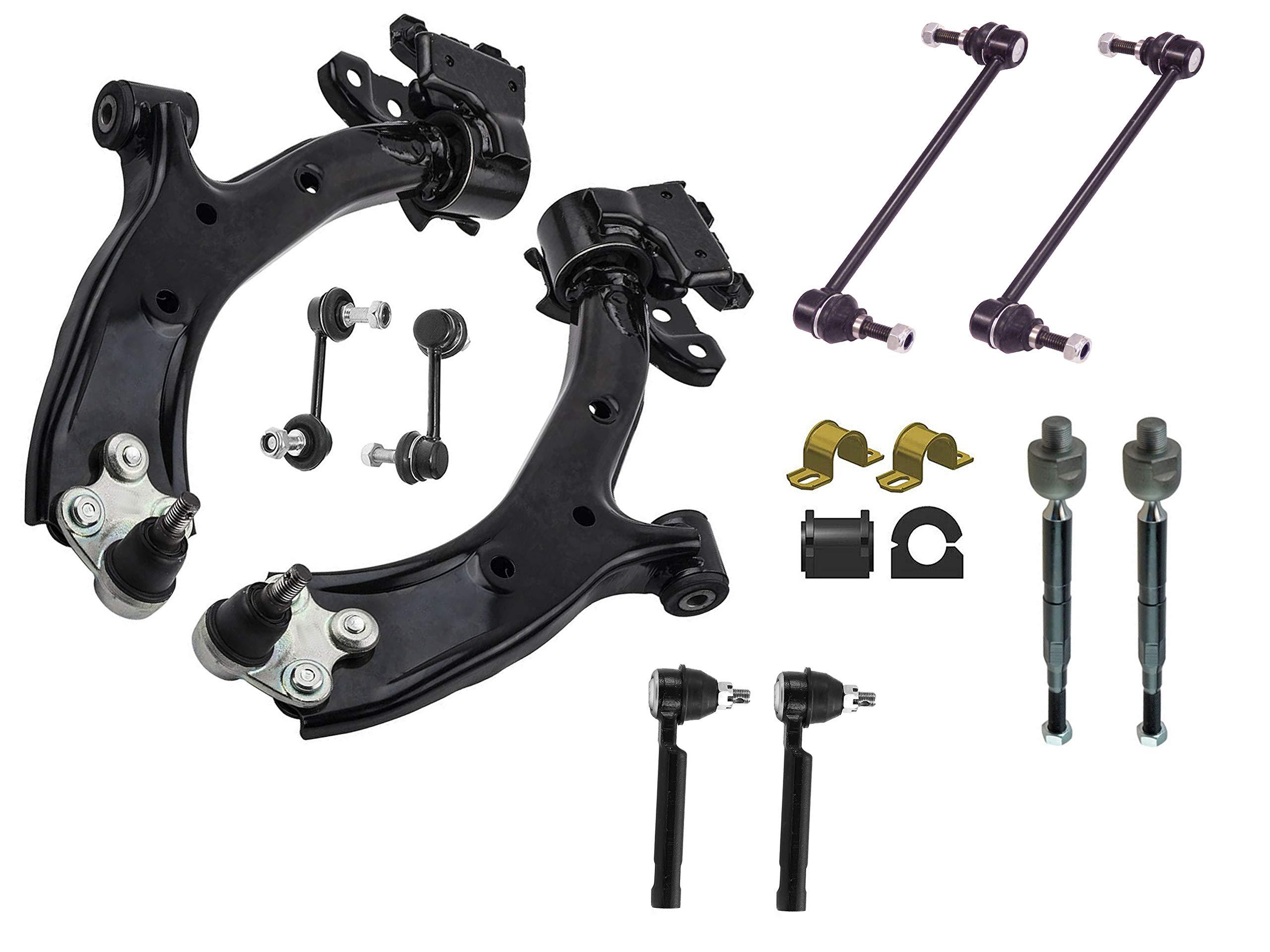
Understanding Honda CR-V Suspension Dynamics
The suspension system of the Honda CR-V plays a crucial role in delivering a smooth and cozy ride while maintaining control and handling. With its self-reliant front suspension and multi-link rear suspension,the CR-V is designed to absorb road imperfections efficiently. This design allows for enhanced stability during turns, reducing body roll and improving driver confidence. Key components include:
- MacPherson Strut: Provides excellent stability and comfort.
- Anti-roll Bars: Help minimize body roll when cornering.
- Shock Absorbers: Ensure optimal damping and improved ride quality.
In addition to the structural elements, the CR-V’s suspension is tuned for a balance between sportiness and comfort. Factors such as spring rates and damper settings are meticulously calibrated to meet varied driving conditions. The interaction between tires and suspension components also contributes substantially to the overall driving experience. The relationship is governed by:
| component | Impact on Ride |
|---|---|
| Tires | Influence grip and handling characteristics. |
| Suspension Geometry | Affects alignment, especially during cornering. |
| Weight Distribution | Impacts stability and braking performance. |
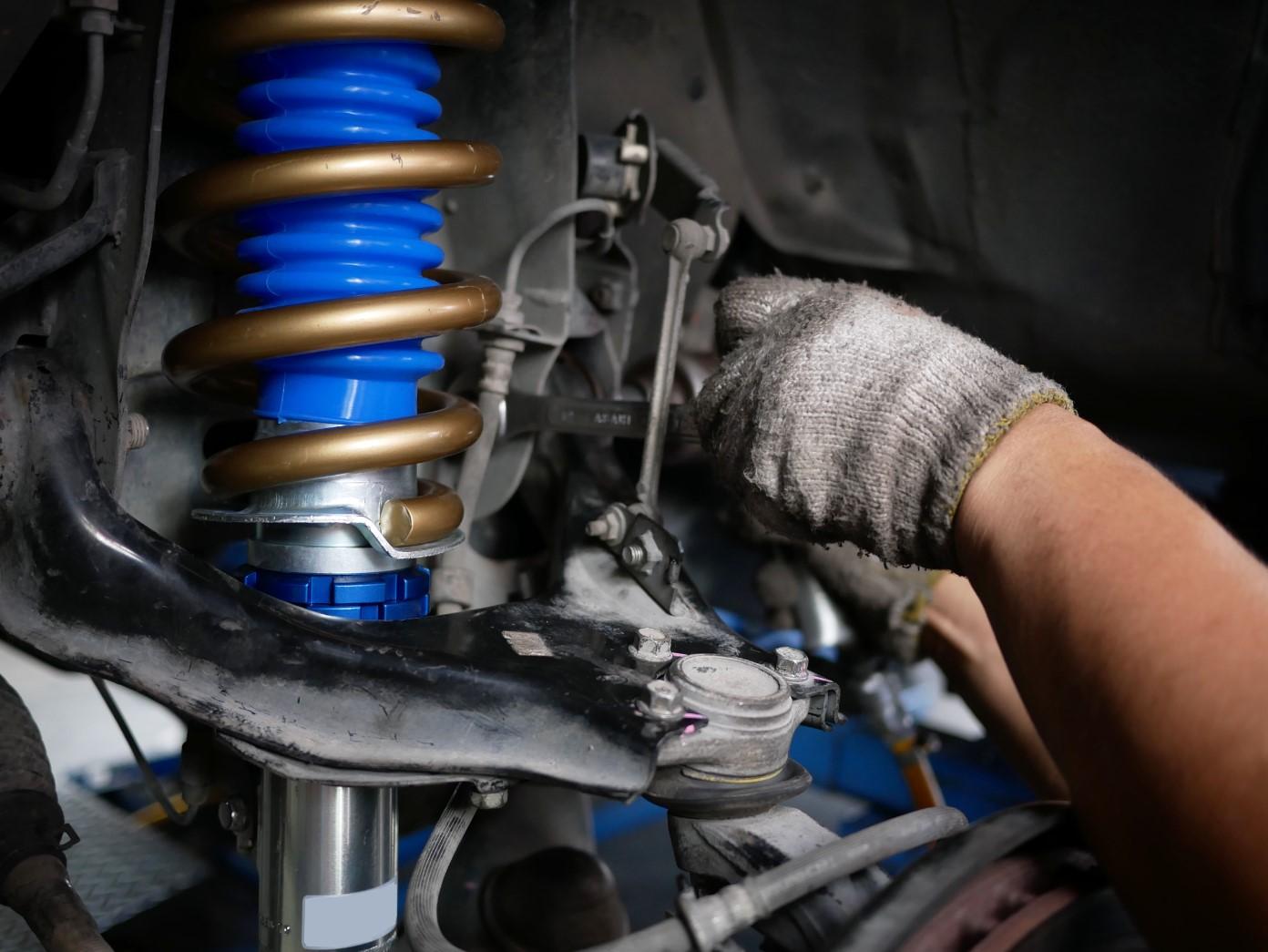
The Importance of regular Suspension Maintenance
Ensuring the longevity and performance of your Honda CR-V involves more than just routine oil changes and tire rotations; regular suspension maintenance is equally crucial. the suspension system, which includes components like struts, shocks, and springs, plays a vital role in providing a comfortable ride and maintaining vehicle stability. Neglecting this system can lead to various issues, including poor handling, increased tire wear, and even compromised braking performance. Regular inspections help identify signs of wear and tear, enabling drivers to address potential problems before they escalate.
Investing in routine suspension maintenance offers a plethora of benefits, such as:
- Enhanced Ride Comfort: A well-maintained suspension absorbs bumps and irregularities in the road.
- improved Handling: Properly functioning suspension systems ensure better control and stability,particularly in adverse weather conditions.
- Increased Tire Life: Regular maintenance can prevent uneven tire wear, extending the lifespan of your tires.
- Safety Assurance: A reliable suspension system contributes to overall vehicle safety by ensuring optimal contact between tires and the road.
Maintaining the suspension of your Honda CR-V is not just about comfort; it’s an investment in safety and performance. Neglect can lead to costly repairs in the long run. Actually, consider the following overview of common suspension issues and their potential consequences:
| Issue | Potential Consequences |
|---|---|
| Worn Struts/Shocks | Poor handling, longer stopping distances |
| Broken Springs | Uneven ride height, increased tire wear |
| Leaking Fluid | reduces dampening ability, affects ride comfort |
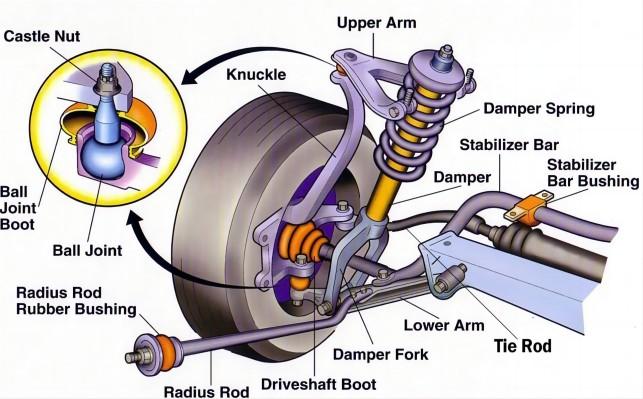
Enhancing Ride Comfort with Upgraded Components
Upgrading the suspension components of your Honda CR-V can significantly enhance your driving experience, transforming your ride into a smooth, comfortable journey. investing in high-quality parts can lead to a notable improvement in handling, stability, and overall vehicle performance. Consider the following enhancements that can elevate your ride comfort:
- Upgraded Shocks and Struts: These components absorb road imperfections and provide a more stable ride.
- Performance Springs: Lowering springs can reduce body roll and ensure better balance during turns.
- Anti-Roll Bars: Adding or upgrading sway bars helps to minimize body lean in corners, making for a sportier drive.
Furthermore, integrating a performance-focused suspension system can lead to improved tire contact with the road, enhancing traction and safety. Below is a simple comparison of various suspension upgrades available for the Honda CR-V:
| Component Type | Benefits | Suggested Options |
|---|---|---|
| Shocks and Struts | Improved absorption of shocks and vibrations | KYB Gas-a-Just, Bilstein B6 |
| springs | Enhanced ride height and handling | Eibach Pro-Kit, H&R sport Springs |
| Anti-Roll Bars | Reduced body roll and better cornering | Whiteline Sway Bars, H&R front and Rear Bars |
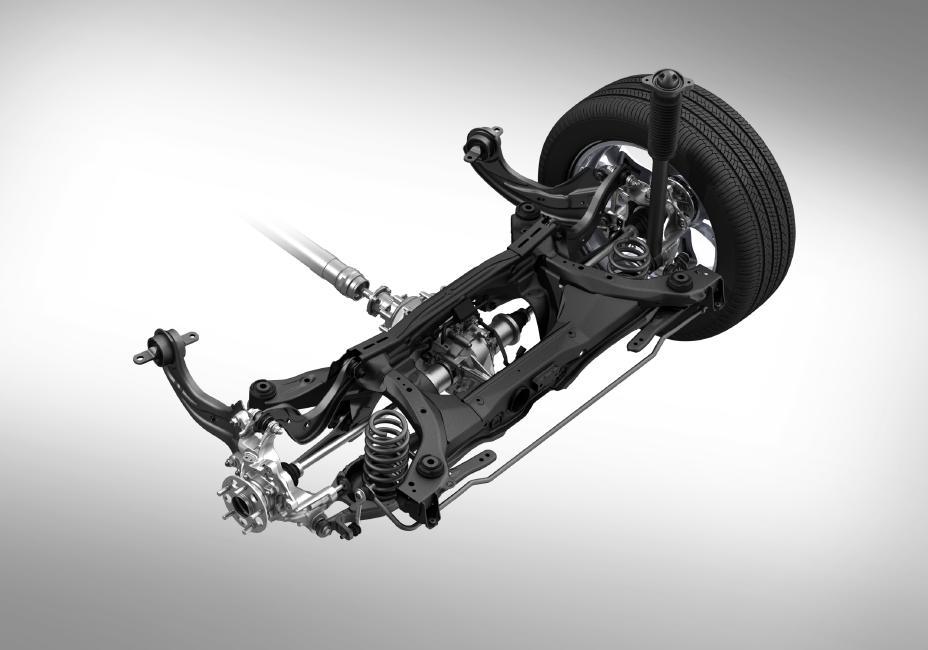
Troubleshooting Common Suspension Issues in honda CR-V
When encountering issues with the suspension on your Honda CR-V, it’s important to recognize the signs early. Common symptoms include uneven tire wear, poor handling during turns, and a bumpy ride over smooth surfaces. If you notice your vehicle leaning to one side or the steering wheel feeling off-center, these can be indicators of suspension troubles. Regular inspections can help identify any worn or damaged components, such as:
- Shocks and struts
- Control arms
- Ball joints
- Sway bar links
Another crucial aspect of suspension maintenance is ensuring proper alignment and balancing. If your CR-V pulls to one side or the steering feels unstable, it may be time for a professional alignment check. Additionally, keep an eye out for any unusual noises, such as clunking or squeaking, which can signal failing suspension parts. A brief overview of maintenance checks can definitely help maintain a smooth ride:
| Maintenance Check | Frequency |
|---|---|
| Tire rotation | Every 5,000 – 7,500 miles |
| Shocks and struts | Every 50,000 miles |
| Wheel alignment | As needed or annually |
Wrapping Up
As we bring our exploration of the Honda CR-V suspension to a close, it becomes clear that this crucial aspect of the vehicle is more than just a technical detail. The CR-V’s suspension system plays a vital role in shaping the driving experience, balancing comfort with performance. From urban commutes to adventurous weekend getaways, the thoughtful engineering behind the suspension ensures that drivers and passengers alike enjoy a smooth and stable ride. Whether you’re navigating city streets or tackling rugged terrain, the adaptability of the CR-V’s suspension system provides confidence and control. As you consider your next journey in this versatile SUV, remember that optimal handling starts with a well-designed suspension—an element that truly makes every drive, a pleasure. Thank you for joining us in this exploration; we hope you feel more equipped to appreciate the nuances of your Honda CR-V’s suspension. Safe travels on the road ahead!

